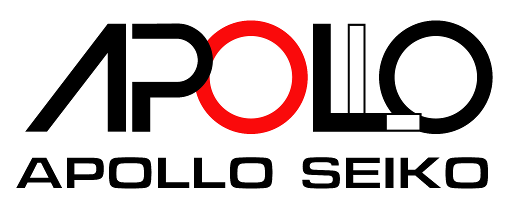Size Matters - Laser Technology & the Healthcare Industry’s Shift Toward Micro-Components
-
Apollo Seiko provides solutions to meet the medical manufacturing industry’s trending nanosized assembly needs.
-
As medical devices are trending toward miniaturization, Apollo Seiko is providing laser soldering solutions to meet the technical challenges of nanosized component assembly. Our robots are capable of producing micro-sized laser beams for applications deemed too small for traditional soldering methods. Apollo Seiko’s advanced optical technology provides a reliable solution for micro and narrow pitched parts frequently used in high-density electronic equipment. Applications such as body implants, wearable sensors, and neuro-stimulation devices all benefit from the high level of programmable versatility.
Laser soldering is non-contact process that eliminates the risk of damaging highly sensitive components. The solder area is first heated with a high-energy light omitted from an oscillated laser diode. This laser beam is precisely focused on the joint to be soldered through a combination of input/ output lenses to achieve the desired beam diameter and focal distance. The standard beam diameter can range from 0.2 mm ~ 4 mm. This class 4 diode laser generates a continuous wave (CW) with either 808 or 980 nanometer wavelengths. Apollo Seiko offers a proprietary slit beam option, which allows for customization of the beam shape. A prism lens is also available that allows the splitting of two beams for optimizing cycle time.
The laser selective soldering system is air-cooled and requires single-phase electrical input with a voltage range of 85~264 VAC. The laser can be operated with a temperature feedback device to both monitor & control the temperature of the soldering process. This will prevent component damage due to excess laser power. The system comes with a total of 64 solder profiles that can be selected via remote I/O or via the robot teach pendant. Laser life at full power is in excess of 10,000 hours. In normal production, the system operates at much lower than full power. Power options include 50 watt & 100 watt systems. It can be mounted to a tabletop Cartesian robot or SCARA robot to be utilized in pass-thru, dual shuttle or dial table production environments.
A range of solder diameters from 0.25 mm ~ 1.0 mm are acceptable. Solder paste can be dispensed prior to soldering and reflowed with the laser. Many solder companies have realized the need for paste reflow allowing for rapid heat-up, which prevents solder balls.
A coaxial camera is used for programming and process monitoring. This tested camera system complies with the limits for a class A digital device pursuant to part 15 of the FCC rules. These limits are designed to provide protection against harmful interference when the equipment is operated in a commercial environment.
